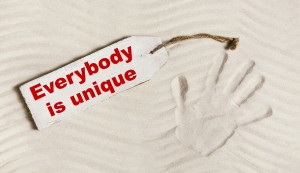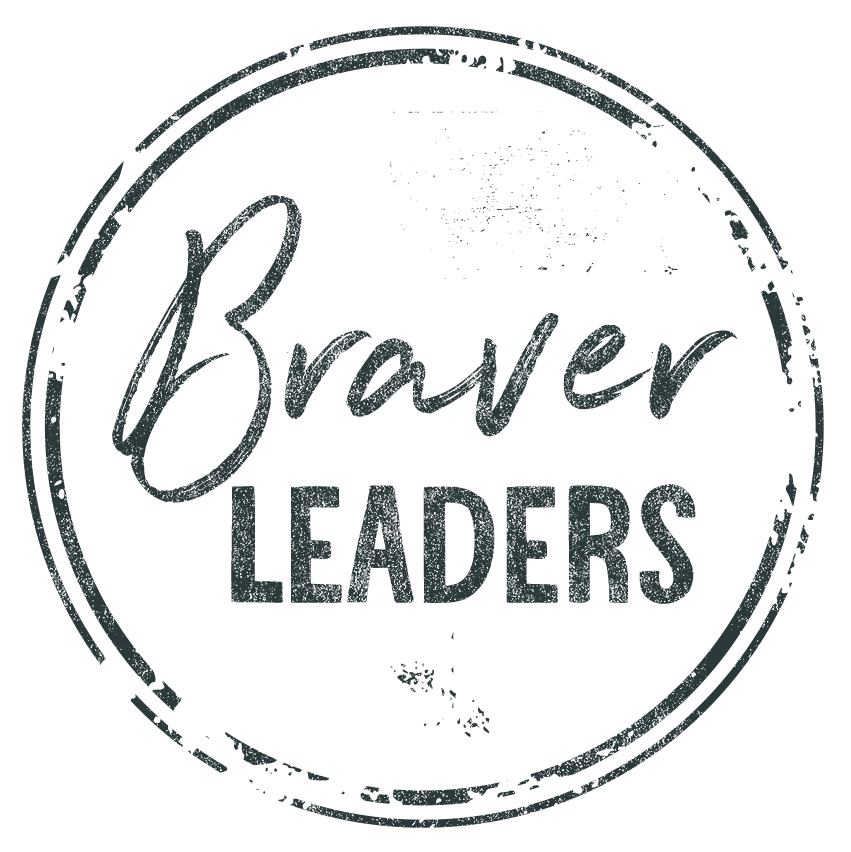 Self-confidence is like a muscle – the more you use it the better it performs. The caveat is that if you over use or abuse it you will cause harm. It is fair to say confidence, like muscle, is built up by doing stuff – training, taking action, and pushing yourself to do that bit more. Confidence is not developed by sitting on the sofa and thinking about things.
Self-confidence is like a muscle – the more you use it the better it performs. The caveat is that if you over use or abuse it you will cause harm. It is fair to say confidence, like muscle, is built up by doing stuff – training, taking action, and pushing yourself to do that bit more. Confidence is not developed by sitting on the sofa and thinking about things.
Yet a lot of the time thinking about things is where we start and stop. We have an idea, or identify something that needs to be done in our business, then we think ourselves out of taking action. This is, in part, because our brain’s primary purpose is to keep us safe, it works to maintain the status quo and avoid harm. Great if you are trying to avoid mortal danger, but not so good when you are looking for the confidence to get out of a rut – commonly known as your comfort zone.
Self-confidence, or the lack of it, is complex – it is often a result of beliefs, past experiences, expectations and life habits. The good news is it mostly exists in your head, your version of reality, created by the stories you tell yourself. It can be summed up as your trust in your own abilities, qualities and judgments.
For most people there are areas of life you feel confident and areas you feel less so. The great news is that just like driving a car, self-confidence is learned behaviour. At the beginning there’s so much to remember, to co-ordinate, to do, just to make the car run smoothly and to give the appearance of being able to drive. Confidence is the same, and just like driving, the idea is to create muscle memory and new neural pathways by repeating the same actions until they become habitual.
When you’ve been driving a while you don’t consciously think about co-ordinating your foot movements on the clutch with your hand movements on the gear stick, it just happens – you have created unconscious neural pathways that link actions. In situations where you feel confident you don’t think about how you are standing, whether you are making eye contact, whether others will like you – you just get on with what ever you are doing, your unconscious takes care of the rest.
The journey to unconscious confidence is one of practice and repetition, yet for many people the practice and repetition creates exactly the opposite of confidence. This is because they dwell on things that went wrong, bits of themselves they are not happy with and perceptions about what others might think. At best, this enables them to create a reality that allows them to settle for what they know they can do, where they are safe and unchallenged. More typically it creates a reality of constant self-criticism, undermining and dissatisfaction.
Practice and repetition has to be empowering, it needs to build the muscle memory and neural pathways that move you in the direction of what you want achieve, what matters to you. This requires some objectives, a training plan and specifically measuring and celebrating success.
For most of people this also involves breaking some old habits, rewriting some of the stories you tell yourself, and most of all shaking yourself out of your comfort zone and saying SETTLING IS NOT ENOUGH!
Sign up here for Lynda’s free 7 step confidence plan.
